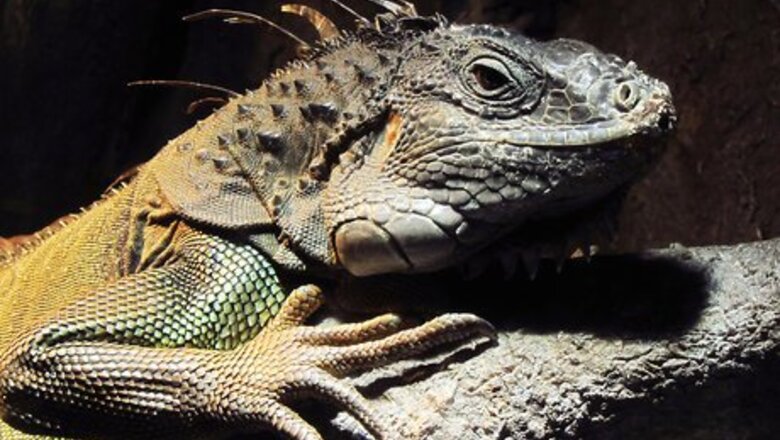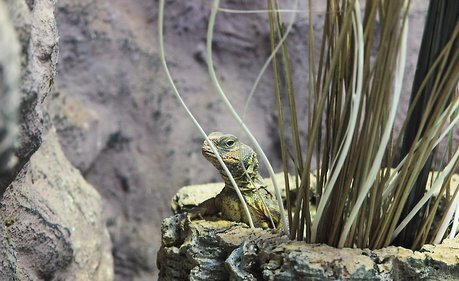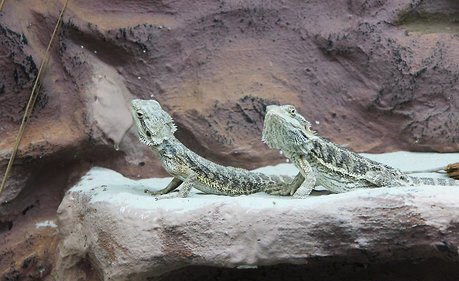
views

Ask yourself if reptiles are the right pet for you. Most people who buy reptiles are inexperienced and don't realize that owning reptiles takes a lot of time and effort. Reptiles are sometimes very cautious and don't feel comfortable with loud noises (sans snakes, which are deaf) or sudden movements. If you're looking for an animal to play with, you should probably buy a dog or a cat. Reptiles aren't the type of animals who will want to play fetch with you or any games, although some reptiles such as bearded dragons and blue-tongue skinks can be quite friendly and affectionate. You also need a lot of patience owning a reptile; especially when you buy one for the first time; they might not trust you at first and back further into the cage when you approach it. It takes some time to get a reptile to trust you. You also need to set aside time to clean their enclosures, feed and water them, take them to the vet, etc. Realize that owning a reptile takes a lot of time and effort & think very hard about it before you decide to buy one.

Research the reptile you're thinking of buying. All species of reptiles are different from one another; just like other animals like birds and mammals are different. Think about the types of reptiles you want for your zoo. You'll want to start with one reptile before you develop the zoo. Baby reptiles are recommended because they can grow up getting used to you and trusting you, whereas adults might be more cautious and could potentially bite or attack you. If you're a beginner reptile owner, these are some reptile species that are perfect for first-timers; Green Anoles Leopard geckos. Crested geckos Bearded dragons. If you're a first-timer, do not buy a Green Iguana or any type of venomous snake. These reptiles need a whole lot of care and they grow big and fast. Most beginners buy an iguana and realize this too late and either abandon the animal or end up giving it improper care and making the iguana ill. Corn snakes. Ball pythons.
Research your chosen starter reptile as much as possible! You can't learn enough or too much. There is always learning potential with every animal. Even an expert will admit to learning new things each day.

Save up money and buy everything you'll need right from the beginning. You can't buy a reptile and not have the proper care and place to put it. As a minimum, you'll need a nice big enclosure, a water source, and a food source,proper lighting fixtures, some powdered vitamins and calcium you can sprinkle on their food, and a good place for your reptile to hide to feel safe (A hollow log or rock it can climb in, etc.). You might need to buy other things depending on your choice of reptile. You'll need to set this up in a place where there isn't a lot of noise, where other animals can't get to it, and where its environment can be easily controlled.

Go ahead and purchase your reptile once you have everything you need. Bring it home right away and place it in its enclosure. Leave it alone for a couple of hours and let it get used to its new home.

Start expanding after a while of keeping your new arrival and after you feel very comfortable husbanding this animal. You can buy another separate enclosure or use a giant one to keep the same species of reptile in (based on the species. Some species are best kept separately and not in a communal situation). Remember to buy everything you'll need before purchasing each new exhibit for your reptile zoo.

Remember that each animal must be well-researched before purchasing. Some animals come with not only high price tags but also high needs. Some are venomous, some are just plain dangerous, some are protected, and some are highly illegal to keep.

Do things correctly from the beginning and you (as well as your animal) will have a much easier time.




















Comments
0 comment